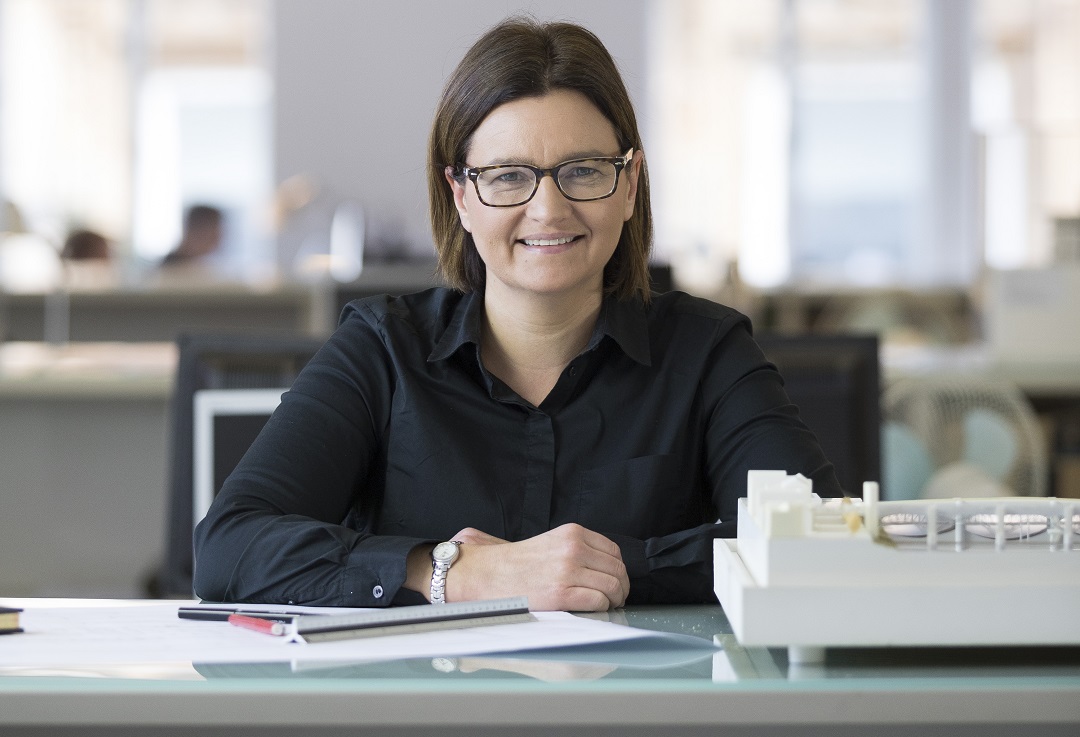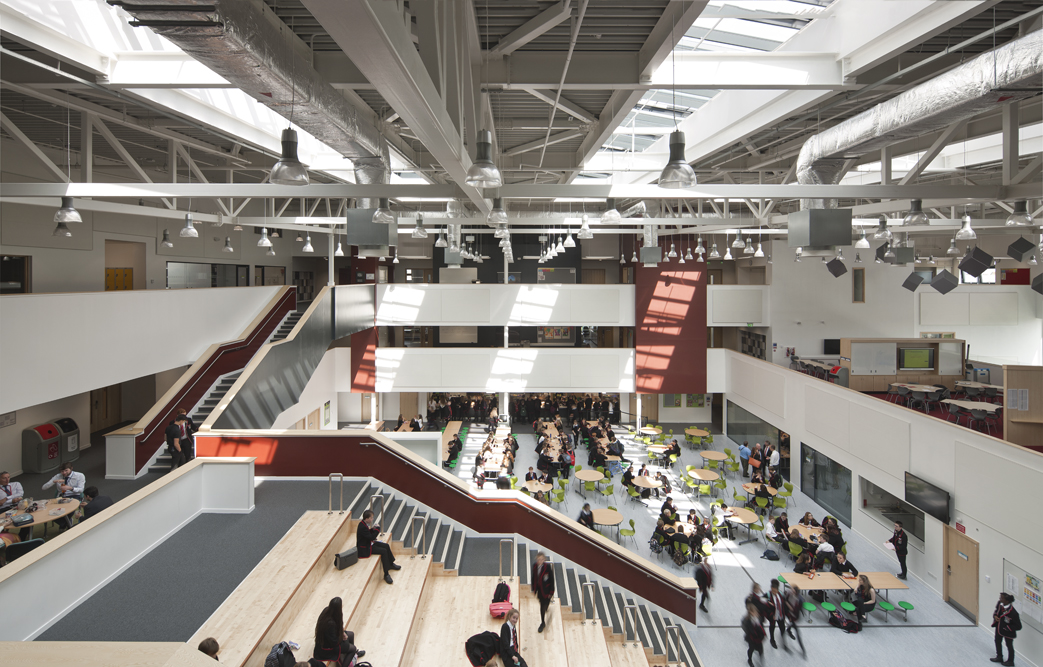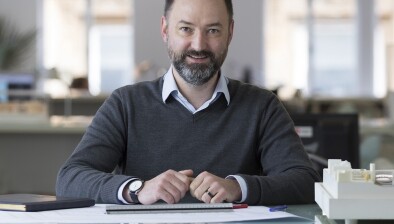Lindsey Mitchell: More than just a school
BDP architect Lindsey Mitchell on the importance of designing education spaces which inspire and provide a year-round community asset.

Lindsey Mitchell
Like many who grew up in the 1980s, school for me was the building where I attended each weekday, was moved along corridors by prefects and herded by teachers into classrooms where I would sit at one of the desks organised in neat rows all facing the front. Break times were spent in the one vast playground, huddled away in a corner sheltering from the good old Scottish weather, and sports day when it wasn’t cancelled, took place on the red blaze pitch. Then when school holidays arrived, the building was locked down.
It didn’t do me any harm, but I’m pleased that lessons have been learned with regards to the design of education environments. Much progress has been made over the years and I am privileged to be part of an interdisciplinary team who creates inspirational spaces where everyone can learn.
A really positive attitude shift has been in the recognition of the diverse learner population and the different ways people learn. Personalisation of education is one of the key aims of the Scottish Government’s policy ‘Getting it right for every child (Education)’, and as architects and creators of education spaces that facilitate this approach, it is important that we too get it right for every child.
A vast amount of research has been published that links well-designed education buildings to improving academic performance, learner attainment and attendance.
Various factors such as natural light, noise levels, temperature, air quality and classroom orientation all impact on both learners and teachers. Flexible seating options can help to encourage participation and collaboration as well as independent work. Technology also has a key role to play and as a result, teaching is no longer confined to within the classroom walls.
At BDP, we too are always learning and our starting point on any new project is to consult with the client, teachers, learners, parents and the local community to listen to what their wants and needs are – we don’t simply take a building design and replicate it in different towns and cities. We place great importance in consultation and listening to determine what the needs of each client are.
One of the key messages we hear during consultation is that schools should be at the heart of their communities, and offer more than just a building for teaching and learning. They should be a real community asset that promotes social interaction and lifelong learning. And they should be accessible all year round.

Waid Community Campus - photograph by David Barbour
One excellent example of this is a project delivered by BDP, Waid Community Campus in Fife, built as part of the Scottish Government’s ‘Scotland Schools for the Future’ programme, managed by Scottish Futures Trust. The brief for this project was to create an environment that brought the community together and to create spaces that promoted lifelong learning.
It contains a learning resource and a café that are not only widely used by people of all ages who live in the community, but also offer work experience and volunteering opportunities for students. The flexible spaces are also used by community groups throughout the day into the evening and this also helps to break down generational barriers. Teaching staff have explained how this environment builds young people’s confidence by improving social interaction in a modern setting.
The teaching and learning spaces are agile and flexible allowing for classes to be reduced or increased, supporting teachers in the delivery of cooperative learning strategies. But this doesn’t just happen within the walls of the building, outdoor space is also an important consideration.
Learning from Scandinavian countries, teaching outdoors has a truly positive effect on children, and not just academically, but also on their physical and mental wellbeing. An outdoor art terrace and outdoor classroom are just a couple of areas BDP created in a recent project at Maidenhill Primary School, for East Renfrewshire Council, allowing for complete integration of the outdoor experience with curriculum learning.
The external landscape also needs to meet the needs of the diverse learner population. Having the one vast playground no longer works. What does work is creating a range of spaces offering choice.
Schools estates have moved on and at BDP we are focused on designing spaces that help schools and their communities achieve both their educational and societal aspirations through architecture. We are helping to create public buildings that deliver social, economic, and environmental benefits to the wider community, all year round. Most importantly, through every project we deliver, we are setting the foundations for every child’s learning journey, from early years right through to adulthood.
And hopefully no more ‘schools out for summer’.
- Lindsey Mitchell is architect director at BDP’s Glasgow studio

















